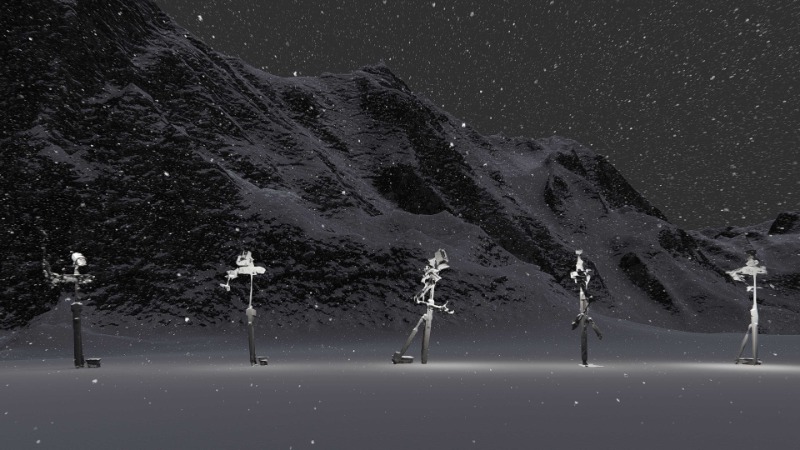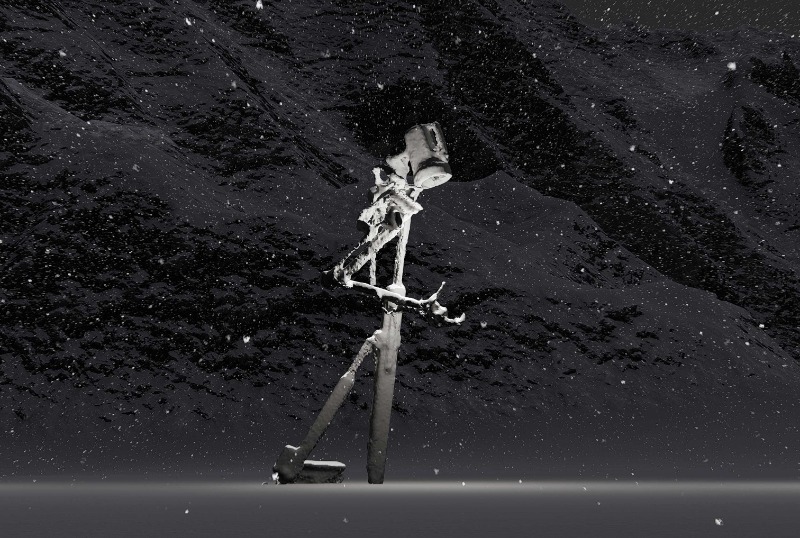
| Period| | 2020.01.31 - 2020.02.02 |
|---|---|
| Operating hours| | 1.31 20:00 2.1-2.2 15:00,19:00 |
| Space| | Alternative Space Loop |
| Address| | 20, Wausan-ro 29na-gil, Mapo-gu, Seoul, Republic of Korea |
| Closed| | New Year, Lunar New Year, Chuseok holidays |
| Price| | adult 20,000won student 15,000won Artist 15,000won impairment 15,000won |
| Phone| | 02-3141-1377 |
| Web site| | 홈페이지 바로가기 |
| Artist| |
권병준
|
정보수정요청



|
|
Exhibition Information




The artificial human robot, called Android, is a complete artificial creature that resembles a human figure, movement, skin and facial expression. As it is known, Albertus Magnus, a 13th-century German theologian and natural scientist, worked for 30 years to produce the world’s first "Android." Using the power of angels and wise men’s stones from the underworld, he created metals and materials unknown to the world, he But at the end of the process of bringing "spirit" to Android, his student, Thomas Aquinas, criticized it as "a devil’s tool and an insult to God." In many later works of art, the act of creating android resembling human form was described as a blasphemy, a path to dystopia. Classical distinctions and distinctions between man and man were maintained and repeated. In Ridley Scott’s classic film Blade Runner, the artificial man, Replycant, constantly opposes humans to escape slavery. "Rachel" symbolizes the fear of the human being and the confusion with the Android trying to resemble him. The Cheap Man's Song is a shadow play created by 12 artificial human robots reminiscent of the 12 perfect cycle symbol. Kwon Byung-joon names individual robots, and gives them roles such as homeless people, street musicians and the Night Spirit. When the play begins, Dro, who was standing with his head down on the rotating board, wakes up and looks around the audience. Otte and Philip (a street musician) begin to beat each other by exchanging rumors. Soon after, Droo rotates a rotating plate and scans his or her image in 3D and projects it. Dro begins to sing, looking at my projection image. Twelve single-handed robots dance and sing together, reflecting each other on who they are. Now that science and technology is the source of new power, Kwon makes paradoxical and satirical comments that he is a "dancing robot." His robots do not seem to be interested in the implementation of the original "high productivity. Robots that resemble humans wriggle along the gaze of light that is returned to the shadows. The rough, rough movements of the deformed, unsteady robot that is out of symmetry create an optical illusion of "human familiarity" in Korea through the process of overlapping, distorting and synthesizing shadows. His robots are committed to ‘unutilized’ movements. He only looks at himself and looks at himself repeatedly. The propaganda that ‘science and technology enrich human life, and art contribute to its innovation’ is accepted not only by politicians and entrepreneurs, but also by artists as if it were a ‘conventional change of civilization’. The ‘fourth industrial revolution’ led by creative innovators is declared to have arrived. But the reality behind it is ignored and hidden. The monopoly of multinational IT companies is strengthening monitoring and control of citizens, and strengthening the power of imperialism and post-capitalism, which is revealed in the form of differentiation between the rich and poor in information. Kwon Byung-joon says the 12 robots were made based on his colleagues who shared the club scene of Hongdae in the 1990s and those traveling around Seoul Station Square. At this time, robots are not in a state of slavery compared to humans. This becomes the ‘outdoor people’ itself. Looking at robots that shine and dance and sing at each other within limited gestures, the author recommends that we face our own alienated self. It is also an artistic response only by artists who use traditional low-tech, hand-based, hand-crafted, now advertising ‘fourth industrial revolutions’ such as artificial intelligence, machine learning and automation. Kwon's robot performance, first introduced in the loop in 2018, will attempt formal experiments and narratives with five creative teams in the play. The way in which collaboration and solidarity are produced is also not the way in which enterprise-class technology is supported by large capital, but the way in which independent individuals are alive to not be dependent on the profit-taking of capital. Writing: Yang Ji-yoon, Director of Alternative Space Loop
